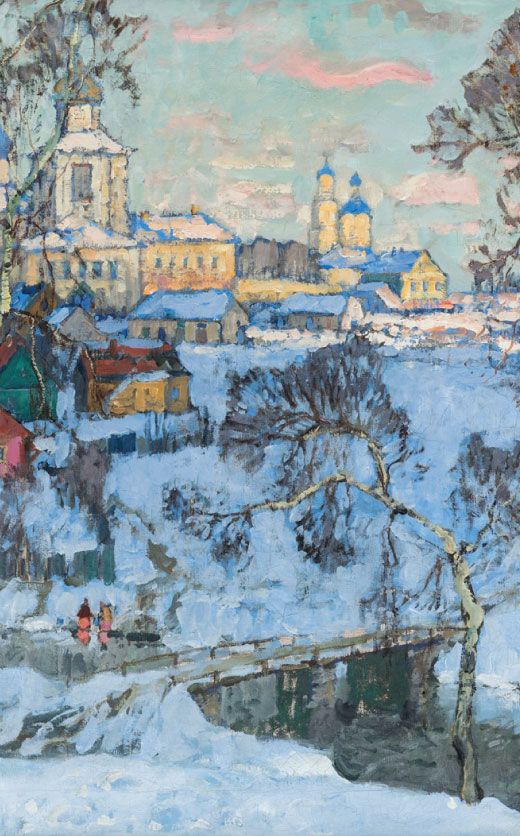CSA 2nd Lieut. Albert R. Elmore, South Carolina Hampton Legion Cavalry, Civil War CDV & Post-War Typed Article
About Seller
6270 Este Ave.
Cincinnati , OH 45232
United States
With offices in Cincinnati, Cleveland and Denver, Cowan’s holds over 40 auctions each year, with annual sales exceeding $16M. We reach buyers around the globe, and take pride in our reputation for integrity, customer service and great results. A full-service house, Cowan’s Auctions specializes in Am...Read more
Two ways to bid:
- Leave a max absentee bid and the platform will bid on your behalf up to your maximum bid during the live auction.
- Bid live during the auction and your bids will be submitted real-time to the auctioneer.
Bid Increments
| Price | Bid Increment |
|---|---|
| $0 | $25 |
| $500 | $50 |
| $1,000 | $100 |
| $2,000 | $250 |
| $5,000 | $500 |
| $10,000 | $1,000 |
| $20,000 | $2,500 |
| $50,000 | $5,000 |
| $100,000 | $10,000 |
About Auction
Jun 13, 2014 - Jun 14, 2014
Cowan's Auctions dawnie@cowans.com
- Lot Description
8pp typed manuscript, "A deer hunt in the swamps of the Congaree river – South Carolina and how General Wade Hampton lost his leg," 1907.
A veteran of Gen. Wade Hampton's Legion and the Charleston Light Dragoons, Lieutenant Albert Rhett Elmore returned home to his native Columbia, SC, after the fall of the Confederacy to piece together a future. Although he hailed from the state's old gentry, and had all the political and social connections he could desire, Elmore purchased a plantation in Charleston, Tallahatchie Co., MS, where me made a fortunate match to another family from South Carolina old stock, marrying Alexina J. Taylor, daughter of Gen. William J. Taylor of Columbia.
While visiting his old home in Columbia in 1878, Elmore caught wind of a yellow fever epidemic raging in Memphis and decided it would be unwise to return to his plantation. Instead, he opted for a little diversion, taking part in a hunting expedition in the Congaree Swamp with his old commander, Wade Hampton, and a party of fellow Confederate veterans. Doing so, he became witness to a famous incident in Confederate veteran history: the accident that cost the General a leg. This manuscript, of the hunt, dated 1907, is filled with loyal "darkies," baying dogs, and hunterly braggadocio and reflects Elmore's late-in-life reflections of that fateful day.
Hampton had won election to the governorship in the exceedingly bloody election of 1876, thanks in large part to the armed support of the paramilitary Red Shirts, repeating his victory two years later with just as much armed intimidation but fewer deaths. Held only two days after the election, the hunting trip was, according to Elmore, a celebration of the redemption of the whole state from the rule of the “Carpet-bagger” and scaliwag and their black and tan contingent by the “Red-shirt Democracy” under the lead to the peerless Hampton…[and] confirmed at the polls by the triumph of the entire Democratic State, County and Congressional ticket.
The party, nearly all Confederate veterans, headed onto plantations that had mostly lain fallow since feeling Sherman's "withering touch" fourteen years before, and after the hunters spread out to their separate hunting locations, Elmore recalled being awakened from a mid-afternoon nap in the field by a darkie, Sam. Thinking that one of his fellow hunters had shot a deer, he soon recognized that the shots and repeated horn blasts were actually a call of distress -- from Hampton as it turned out. As Elmore gathered with the rest of his party, Sam rushed to find the distressed general, who returned, tearing back with his eyes as big as saucers, and shouted, “My God, Colonel, hits de Guvner lying dere wid his leg broke.” In a moment, Elmore wrote, I was in my saddle and riding towards the crab-apple thicket, in which General Hampton lay... I rushed on the where he was and found him lying upon his back with his shoulders propped against a small oak tree to which he had dragged himself, with one foot and ankle covered with his black felt hat. E was very pale and evidently suffering great pain... He had cut the shoe from it and I looked and saw the white sock saturated with blood, the ankle bone protruding at least an inch. He then said, “Dont touch it.” Hampton, it seems, had tried to leap from a restive mule and broke his leg on the fall: A vicious lunge forward at that moment [as Hampton jumped] caused the General to alight with his whole weight on the left foot, and being a man of heavy weight, the ankle bones snapped like pipe stems.
Elmore's detailed narrative includes a thorough account of riding 18 miles to Columbia to get a doctor, who was forced to amputate the leg just above the ankle, and after gangrene set in, to perform a second amputation just below the knee. Ever conscious of his place in society and Confederate history, Elmore affixed an addendum to the manuscript stating that he had known Hampton from childhood, had been an intimate of both Hampton's sons, and served in the Hampton Legion and, again, at the end of the war: when as Commander of the Cavalry of the Army of Northern Virginia he successfully exchanged compliments with Sheridan, and in all the relations of life, military, social and political, I have known him only to love, honor and admire him as the embodiment of all the old veterans who have crossed the river, and with Robt. E. Lee, U.S. Grant, Stonewall Jackson, 'Jeb' Stuart and Sheridan, and many others who have joined the “Phantom Host”, his name stands out in bold relief as one of the Grandest Old Romans of Them All... Knowing positively that I am the only living person who can give the true facts, I have been induced to write them as a contribution to history...
The manuscript is accompanied by a fine CDV, believed to be Elmore. He is wearing his CSA uniform jacket noted by the two stripes on the collar. The carte is signed on verso, R. Wearn, artist, ca 1863. Richard Wearn is recorded as a photographer in Columbia, SC after 1859, and as an itinerant before. He is perhaps best known for his images of the destruction of Columbia by Sherman's army and was one of only two Confederate photographers known to be operating in the region at the end of the war.
A wonderful memoir describing a noteworthy event in South Carolina history.Thin, yellowed, and somewhat fragile paper, but a sound account by an aging veteran.Condition
- Shipping Info
-
SHIPPING. At the request of the buyer, Cowan's will authorize the shipment of purchased items. Shipments usually occur within two weeks after payment has been received. Shipment is generally made via UPS Ground service. Unless buyer gives special instructions, the shipping method shall be at the sole discretion of Cowan's Auctions, Inc.. Cowan's is in no way responsible for the acts or omissions of independent handlers, packers or shippers of purchased items or for any loss, damage or delay from the packing or shipping of any property.
-
- Buyer's Premium



 EUR
EUR CAD
CAD AUD
AUD GBP
GBP MXN
MXN HKD
HKD CNY
CNY MYR
MYR SEK
SEK SGD
SGD CHF
CHF THB
THB







